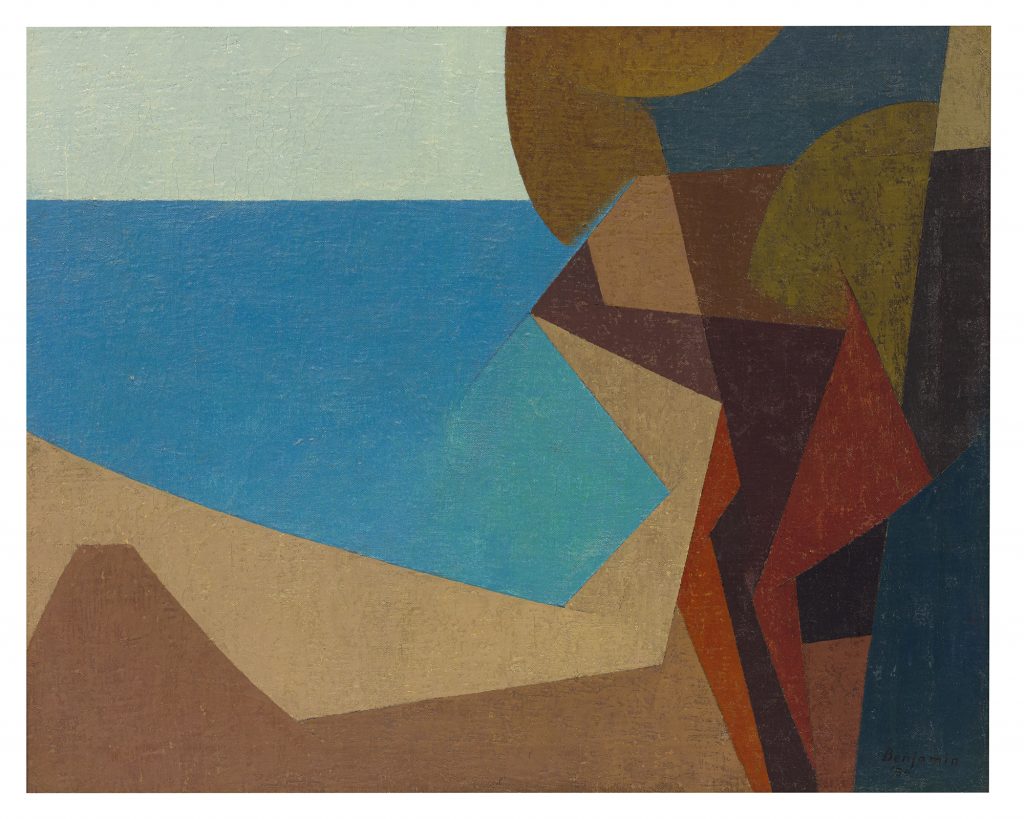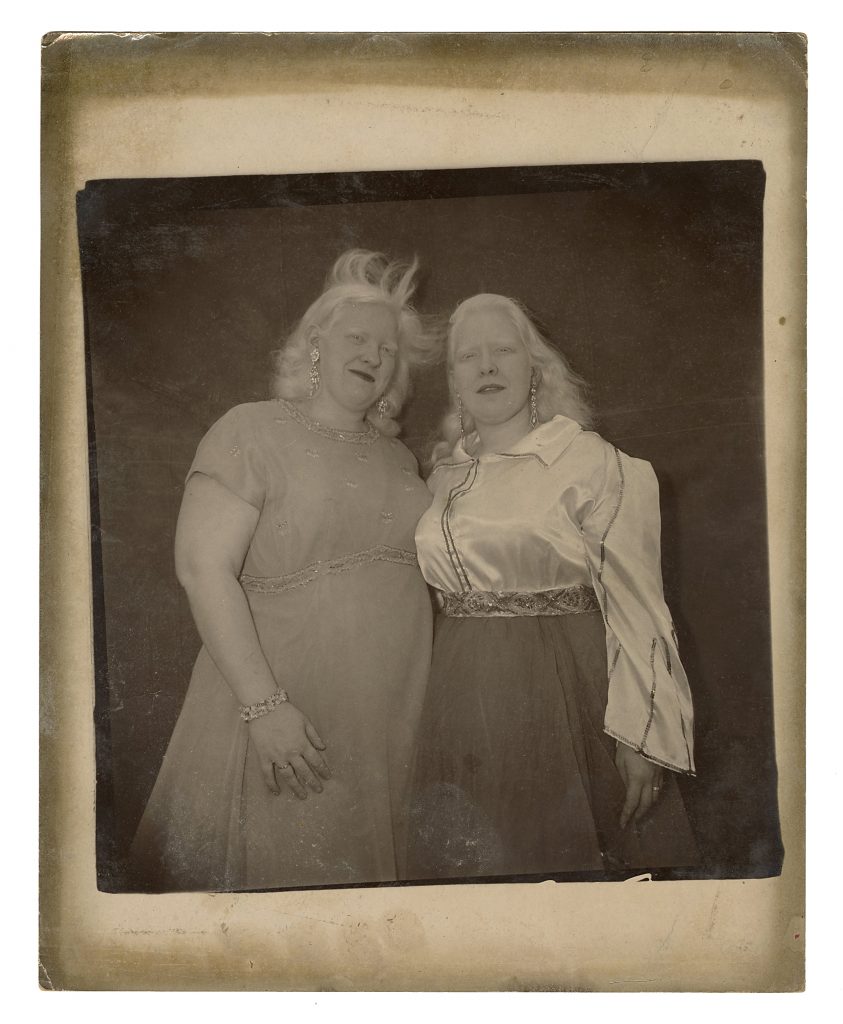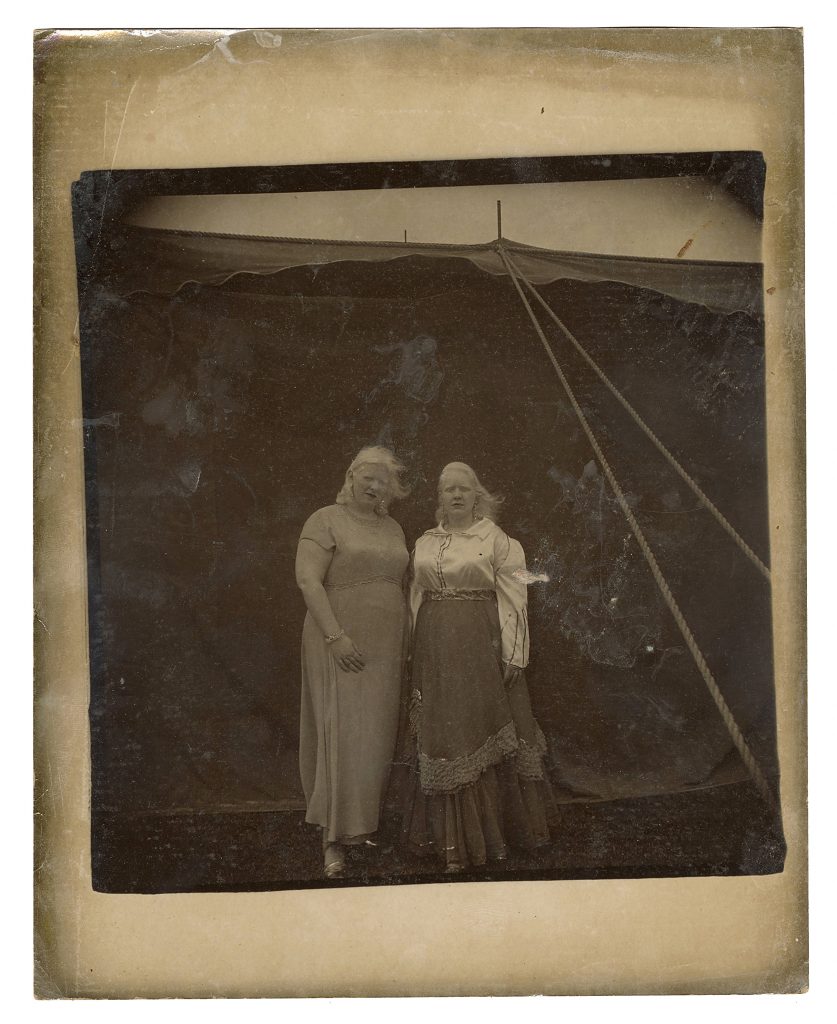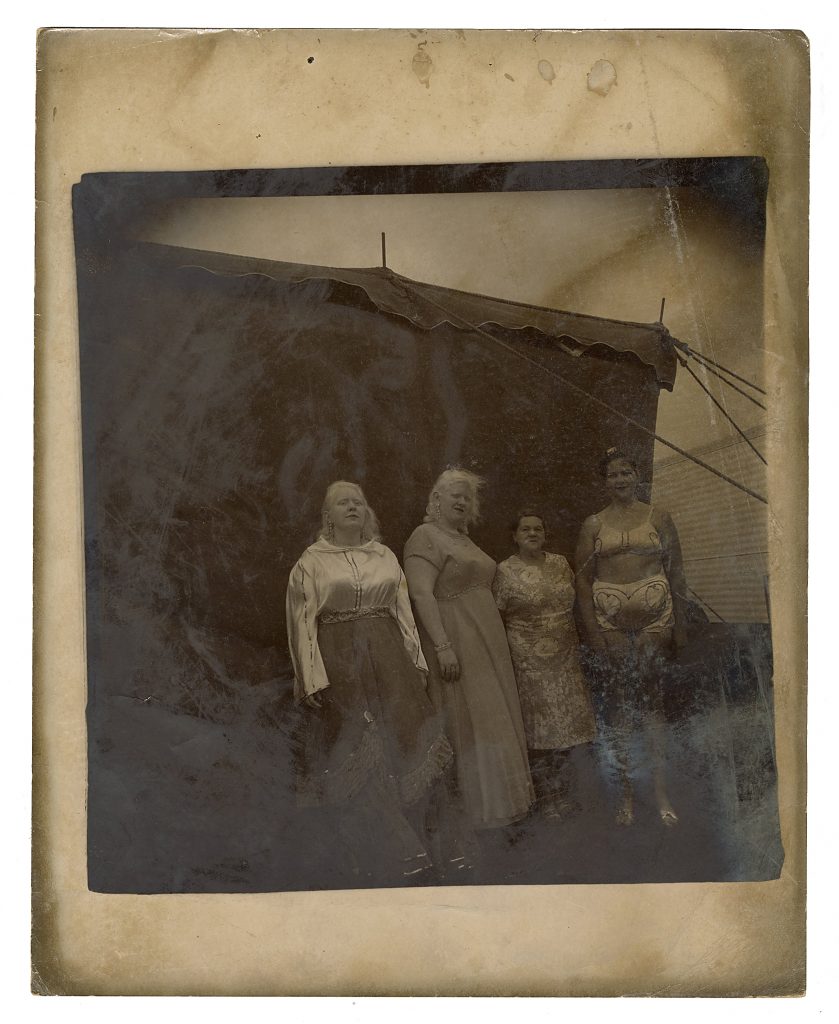An Unheated Tourmaline That Weighs 100.59 Carats Could Command $1 Million

What you see: An unheated “Paraíba-type” tourmaline from Mozambique, weighing in at 100.59 carats. Heritage Auctions estimates it at $700,000 to $1 million.
The expert: Craig Kissick, director of nature and science for Heritage Auctions.
How was the tourmaline discovered? It was mined in Mozambique in 2001. A really large rough was pulled out that weighed 262 carats. The person who acquired it was looking for top-quality rough material.
Is Mozambique known for its tourmalines? Yes, especially for gem “Paraíba-type” tourmalines. Tourmalines are a prolific type of mineral also found in Brazil, California, and Afghanistan. There are quality examples from each area.
This large unheated tourmaline is described as “copper-bearing”. What does that mean? Does the presence of copper affect the appearance of the stone’s color? Absolutely. Copper-bearing tourmalines have a gorgeous bluish-green hue. That’s what sets them apart. “Paraíba” is a word for the purest form of copper-bearing tourmalines of this color from Brazil.
What does the phrase “Paraíba-type” mean? The GIA (Gemological Institute of America) can refer to any copper-bearing tourmaline as Paraíba, but old-school people in the business call them “Paraíba-type” or “Paraíba-like” if they’re not from Brazil. There are people who will pay an unlimited amount of money if they get a true Paraíba from Brazil.
And this stone, called the Jena Blue, is believed to be the largest unheated tourmaline? That’s very, very important. We do believe it’s the largest unheated tourmaline gemstone in the world.
Why is it important that it’s unheated? It’s a purity standpoint, and a value driver. There are purists out there who want no enhancements. So much material is enhanced. This is among the small percentage that is not.
But how would heat treatment improve a natural tourmaline? Heating essentially juices the visual attributes of the stone. It will often brighten or intensify the color.
What’s the next-smallest known unheated tourmaline? This is a very casual answer, but in my experience, people looking for 20-carat or 30-carat examples have enough trouble finding them. You normally see five carats. For most people, that’s a plenty big stone, fine for a ring.
Why is this unheated tourmaline called the Jena Blue? The collector prefers to be anonymous, but my understanding is the Jena Blue is some sort of contraction of two of his grandchildrens’ names.
The stone is described as “flawless”. What sorts of flaws can appear in a tourmaline? Because of how it grows, in long, columnar crystals, tourmaline is not an inherently clear material. It’s more likely to be translucent than transparent. You’re not going to hold up a tourmaline and be able to read a book through it.
This unheated tourmaline has what’s called a “native cut”. Why was that cut chosen, and how does the cut enhance the qualities of the stone? The piece was required to be cut before it left Mozambique, and it has not been recut. They [the original owner] wanted to end up with a stone that was over 100 carats. It pains me to say it, but could you recut it and come up with a visually nicer and smaller stone? You could. It was cut for yield, for the largest stone possible.
The chosen cut has a lot of facets to it…The faceting around it gives it a little sparkle. Because of the size of the stone, there’s sort of a large window in the top that allows you to see through it. Because it’s so clear, it almost washes the color out. If this stone were smaller or more included [afflicted with inclusions, a type of flaw] it could be bolder, and it could have more richness in it.
About 162 carats were discarded in cutting this unheated tourmaline. Do we know why the gem-cutter chose to dispense with so much of the rough? I don’t know the answer, but my educated guess is that with a big chunk of rough, only a certain area is gemstone material. It could have been highly occluded. It could have been damaged, or cracked. Some is lost to get down to the finished product.
What is the Jena Blue tourmaline like in person? It’s huge. I don’t say this to downplay it at all, but when you compare it to a typical gemstone, it’s cartoonish. If you were of a mind to make it into jewelry, it would be comical. And it’s very clear. To me, it’s a little more clear than colorful in person.
What is it like to hold the Jena Blue tourmaline? [Laughs] It’s scary, because you don’t want to drop it or hurt it. It’s kind of like holding a baby.
How well does it fit in the palm of your hand? I’m six-foot-five and 275 pounds. If your hand was 20 percent smaller than mine, and if you cupped your hand so it’s concave as opposed to flat, it would cover the palm of your hand. It’s gonna nestle in there just fine. But people tend to want to handle it with two hands, because they’re nervous about it.
Is the Jena Blue tourmaline heavy? No, it doesn’t feel that heavy. It’s probably a bit more than a golf ball, weight-wise. That being said, if you put it in a pendant around your neck, it’s not going to be everyday jewelry.
How did you set the estimate for the Jena Blue tourmaline? Are there any direct comparables on record? It’s a hard comp. We’ve got a precedent in that material like this can go for one million or north of that. But it’s so singular, it’s hard to know what the market is.
Is there a world auction record for a tourmaline? I’m guessing that stones such as this tend to sell on the private market, and not at auction… I don’t know the world auction record. I really couldn’t answer. Nobody sees stuff like this very often. It’s so singular, there’s not much to compare it to.
So when the Jena Blue tourmaline sells, it might automatically set a world auction record for any tourmaline? That’s very well possible. I think there probably are million-dollar-plus Paraíba-type examples out there, through gem dealers. You virtually never see 100-carat-plus tourmalines at auction, so there’s not much of a sales record.
Who would comprise the market for the Jena Blue tourmaline–natural history collectors, or people who might want to fashion the stone into jewelry? I think a natural history collector. If someone fashioned it into jewelry… it’s too big. It’s like Flava Flav’s clock. You can see it coming from a mile away. I want to believe the attributes that were important to the original collector will drive the day. There’s a lot of stones in the auction catalog that you could make into jewelry. The Jena Blue doesn’t strike me as that.

Why will the Jena Blue tourmaline stick in your memory? To me, it’s the singular nature of the stone. As a collector, I always enjoy anomalies. There aren’t other tourmalines like it out there. This is a one-time thing. It’s an incredible item. Personally, I’m more into dinosaurs than gemstones, but even I can’t deny it’s something.
How to bid: The large unheated tourmaline is lot #72111 in The Jena Blue Collection of Gemstones & Minerals Signature Auction, taking place October 5, 2020 at Heritage Auctions.
How to subscribe to The Hot Bid: Click the trio of dots at the upper right of this page. You can also follow The Hot Bid on Instagram and follow the author on Twitter.
Heritage Auctions is on Twitter and Instagram.
Image is courtesy of Heritage Auctions.
Craig Kissick has appeared on The Hot Bid twice, discussing a large specimen of crystallized gold as well as a matched set of bull mammoth tusks.
Heritage Auctions filmed a 360-degree video of the Jena Blue tourmaline and posted it on its YouTube channel.
Would you like to hire Sheila Gibson Stoodley for writing or editing work? Click the word “Menu” at the upper right for contact details.






